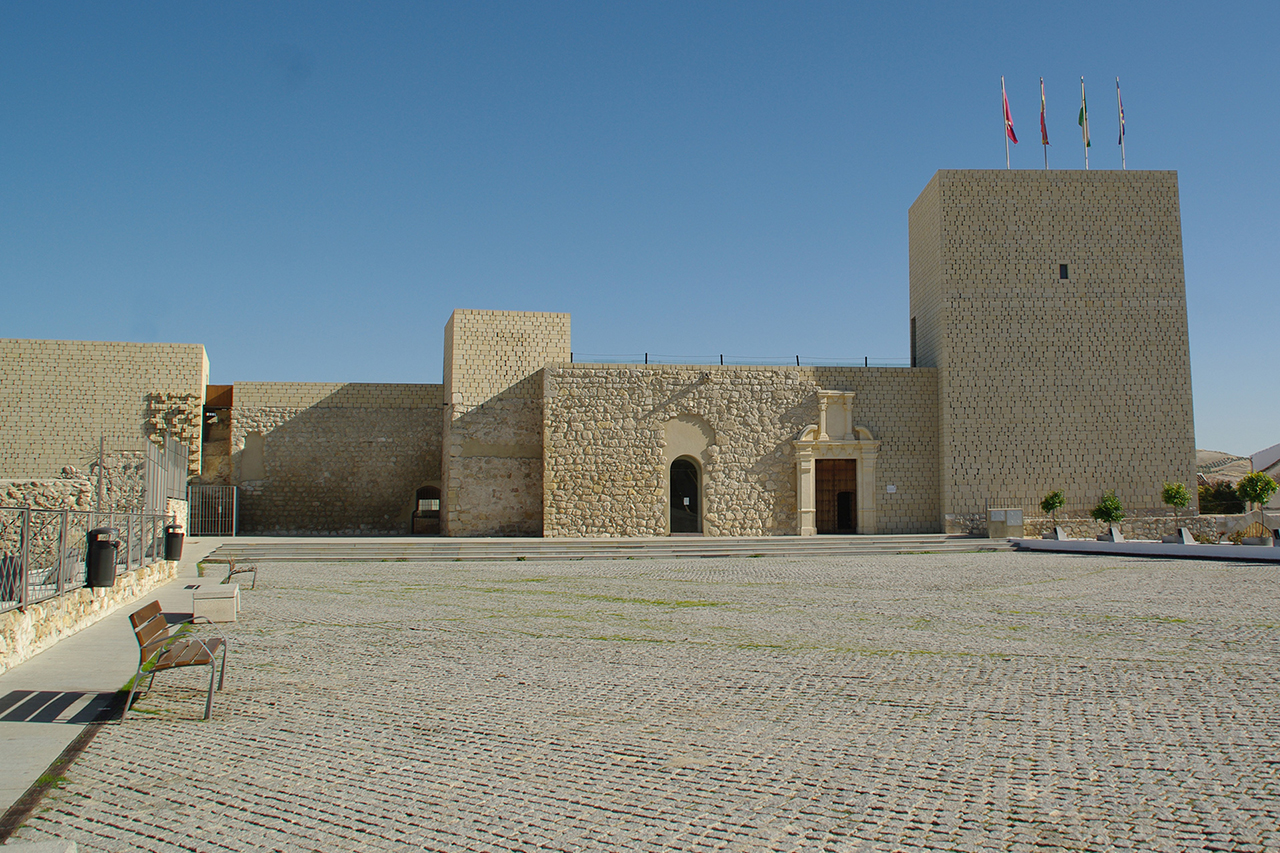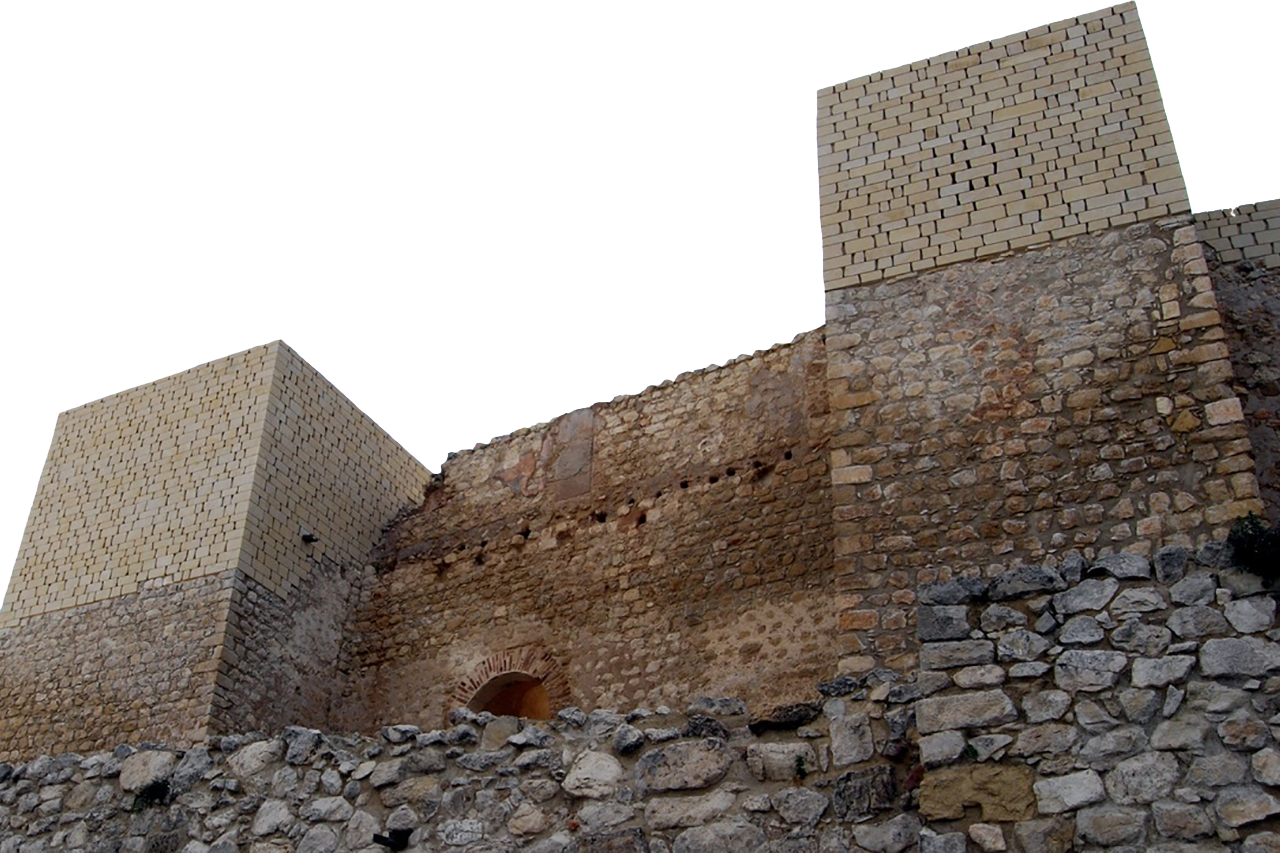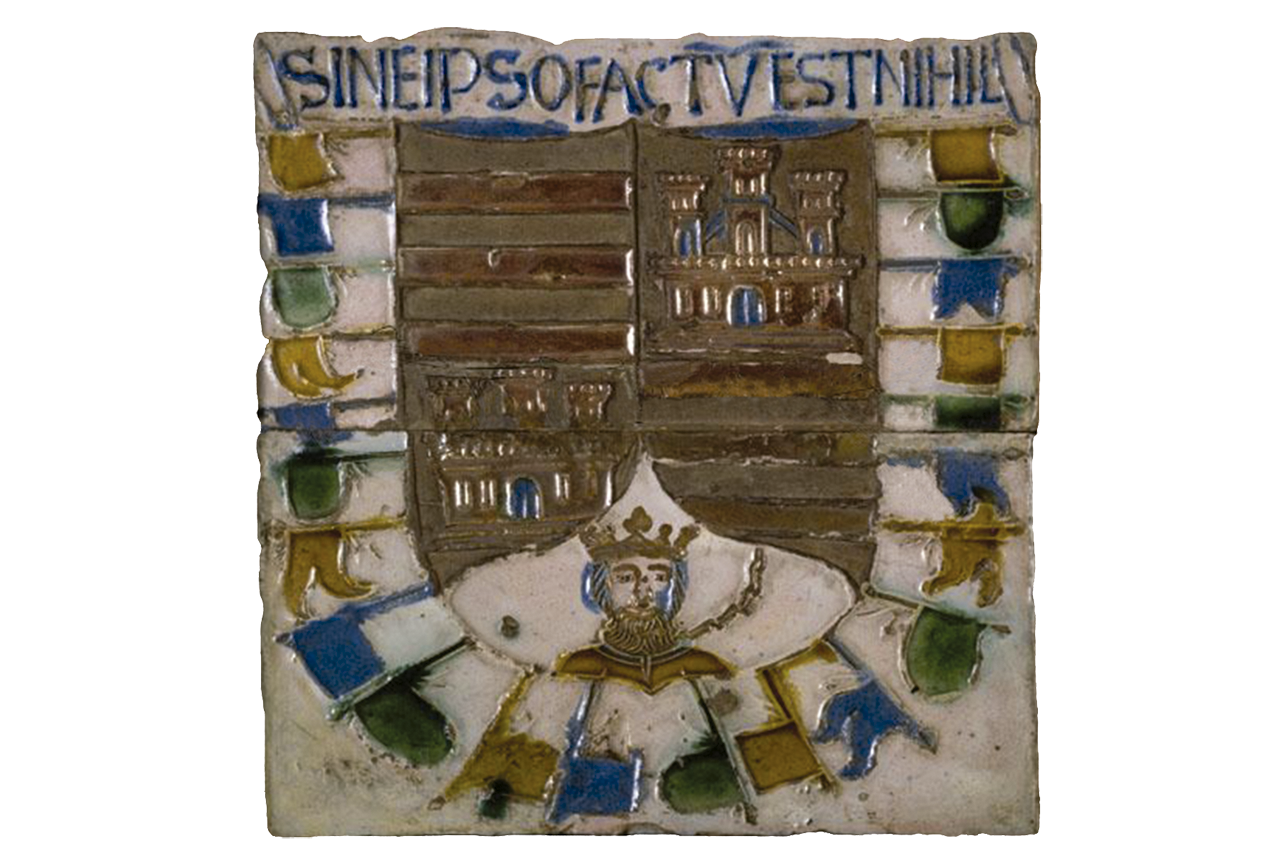The castle of Baena was a feared border stronghold with the Nasrid kingdom of Granada
The historical vicissitudes of the town are linked to those of its medieval castle
Although the restored walls of the town’s castle barely remember their past grandeur today, its floor plan of more than 6,000 m2, the reconstructed volumes of its towers and those that still stand defying the passing of centuries reveal to us that it was a one of the most important fortresses in Andalusia.
Cradle and prison of famous characters and border guard of Cordoba lands
Built towards the end of the 9th century on the top of the hill where the old Baena sits, its origin should be found in the muladí rebellion of Umar ibn Hafsun, who from the Ronda mountains instigated the emirate of Córdoba, even reaching his incursions to areas very close to the capital of the Umayyads. In this scenario of fighting, the inhabitants of the primitive Bayyenalocated very close to the current population, were forced to move to a contiguous elevation with rapid slopes and better defense, where a great citadel, seat of the political and military power of the Cora or Muslim province that at the beginning of the Caliphate would have its capital in Baena.
No vestiges of any kind can be seen from this period, the remains of some mud towers being from the Almohad period (12th century) which after the Christian conquest were covered with masonry, as well as a corner entrance discovered during restoration work. of the fortress.
Starting in the 15th century and, above all, after the end of the War in Granada, Baena castle completely abandoned its military character and a series of new and important reforms turned its interior into a sumptuous residence for the lords of the Villa . Descriptions of the period and some samples of edge tiles preserved in the Valencia Institute of Don Juan in Madrid give us an idea of the magnificence that it reached as a palace during the 16th and 17th centuries. However, the following centuries gradually erased that past splendor and by the end of 1800 many of its rooms were in ruins. A stage began in which it seemed to be forgotten that Queen Isabella the Catholic stayed within its walls , the Cardinal Cisneros , Constable Don Álvaro de Luna and the most prominent members of the Fernández de Cordova family ; some, like the Great Captain , imprisoned in one of its towers due to noble disagreements between the House of Aguilar and that of Cabra. At that time, a systematic plunder that continued until the first decades of the 20th century completely razed a large part of its walls and bastions. The installation of the municipality’s water tanks and the interventions carried out during the Spanish civil war further destroyed the historic site until, finally, in 2005 the town council promoted its restoration. The towers and walls that were still preserved were consolidated and the volumes of those that had ceased to exist were recovered. All this led to the fact that it was recognized in 2017 as the best architectural project of the year in the Architecture+Preservation category of the prestigious Architizer A+Awards and, above all, allowed the enhancement of one of the most relevant enclaves in the history of Baena.



